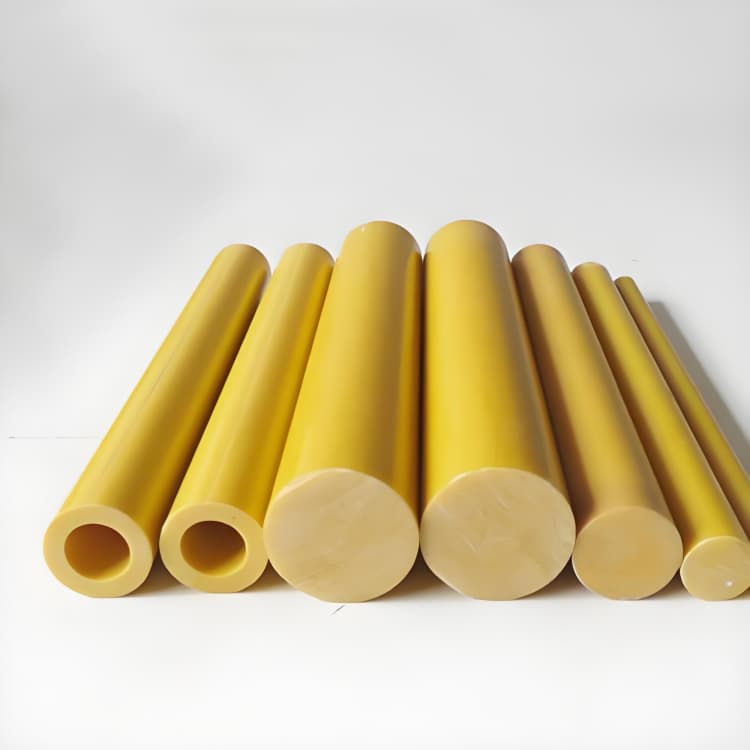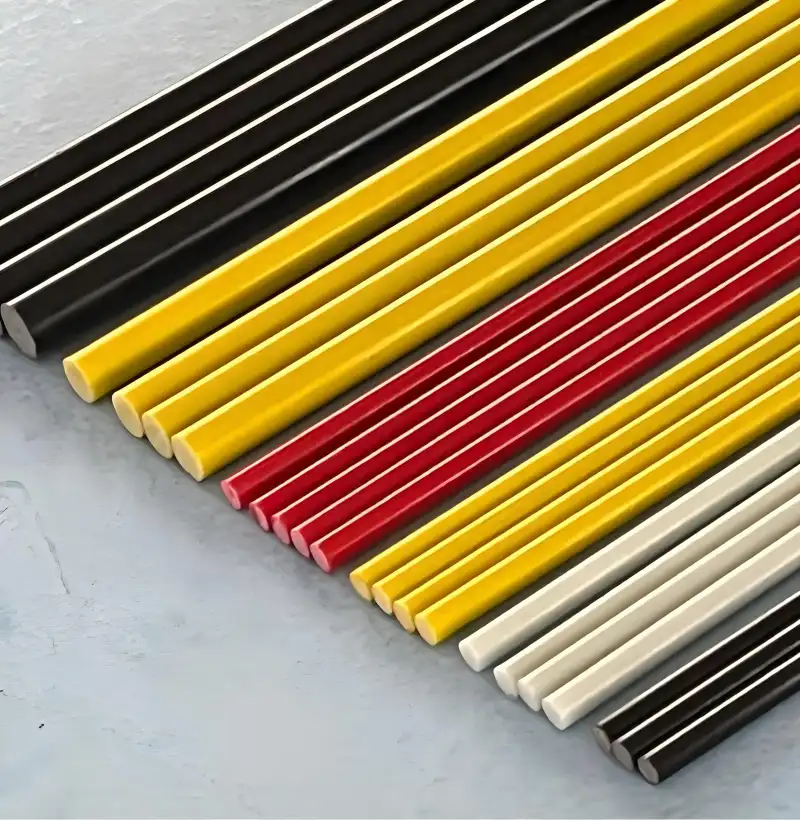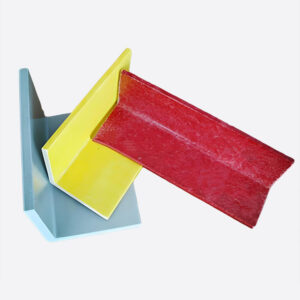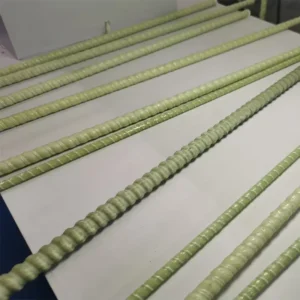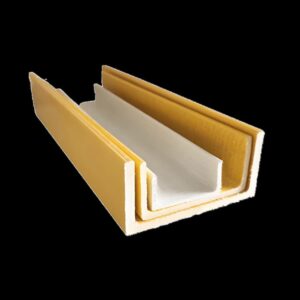Product Description
The FRP Rod (GRP Rod) is manufactured using high-quality glass fibers and a thermosetting resin matrix through pultrusion technology. This combination results in exceptional mechanical properties, dimensional stability, and resistance to harsh environmental conditions. FRP rods are non-conductive, maintenance-free, and suitable for a wide range of applications, from cable reinforcement to structural supports.
Specifications
Technical Parameters
| Parameter | Value |
|---|---|
| Diameter Range | 2 mm – 30 mm |
| Tensile Strength | ≥ 1200 MPa |
| Density | 1.9 – 2.1 g/cm³ |
| Dielectric Strength | ≥ 10 kV/mm |
| Operating Temperature | -40°C to +180°C |
| Resin Type | Epoxy / Polyester |
| Color | Natural / Customized |
Product Data & Technical Documents
Download datasheets, chemical resistance charts, test reports and cutting templates.
Applications
Common Use Cases
Electric Power Industry – Used as central strength member in optical fiber cables (OPGW/ADSS).
Construction – Non-corrosive reinforcement for bridges, buildings, and seawalls.
Marine Industry – Ideal for saltwater environments due to excellent corrosion resistance.
Chemical Plants – Resistant to acids, alkalis, and chemical solvents.

Advantages of FRP Rod
High Strength-to-Weight Ratio – Stronger than steel with only a fraction of the weight.
Corrosion Resistance – Performs well in acidic, alkaline, and humid environments.
Electrical Insulation – Non-conductive, ensuring safety in electrical applications.
Long Service Life – Minimal maintenance required over decades of use.
Customizable – Available in various diameters, colors, and resin systems.
Quality Assurance
We follow strict manufacturing and inspection standards, including ISO 9001 quality management. Every FRP Rod undergoes tensile testing, dimensional checks, and surface quality inspection before delivery.
FAQ
What is the difference between FRP Rod and GRP Rod?
They are the same product, with “FRP” standing for Fiberglass Reinforced Plastic and “GRP” for Glass Reinforced Plastic.
Can FRP Rod replace steel rods?
Yes, in many applications FRP rods are preferred due to their corrosion resistance, light weight, and electrical insulation properties.
Is customization available?
We can produce FRP rods in custom diameters, lengths, colors, and resin systems according to your project needs.
